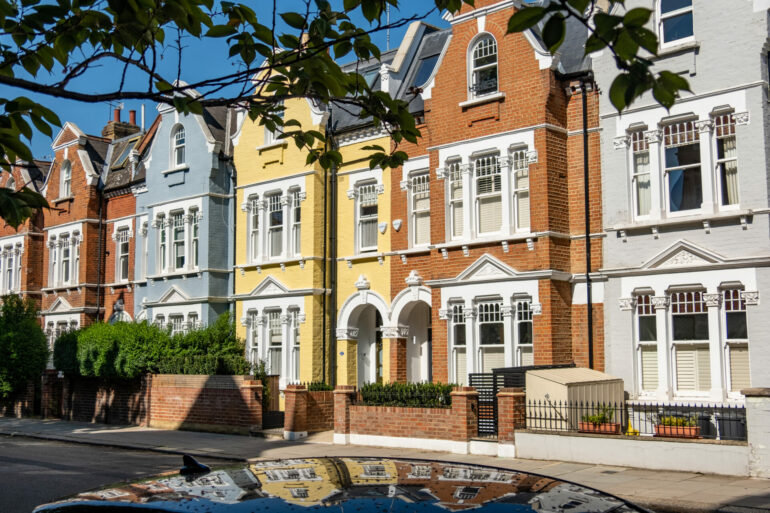The number of people owning a second property has risen from 1.81 million to 2.44 million in the ten years to 2018/19, according to ONS data.
In 2018/19 there were 3.75 million second properties – up from 2.68 million a decade earlier.
The number of these that are lived in by someone else is up around 40% in that time to 2.67 million. The number that are second homes is up around 30% to 873,000.
However, in 2018/19, 35% of second property owners thought of it as a long-term investment. Five years ago, this was 48%.
The most common reason for owning a second property is still as a holiday home – at 39%. However, this is down from 50% a decade earlier.
17% of second-home-owners said this was previously a main home – up from 9% in 2008/9.
Sarah Coles, personal finance analyst, Hargreaves Lansdown, said: “The second home dream is alive and well. Despite rising prices, more than a million have been snapped up in the past decade alone.
“But most people aren’t planning a strategic property portfolio to make their millions, many have either realised their dream of owning a holiday home, or stumbled into becoming accidental landlords.
“When asked why they had a second home, more people said they wanted it as a holiday home than said they saw it as a long-term investment. The proportion who claimed to be investing has dropped 5 percentage points in a decade – and is down 13 percentage points from a spike in 2013/14. This may have something to do with the fact that this period saw sluggish property price rises, so owners were aware it might not make their fortune.
“The Government has also worked hard to make property investment as unrewarding as possible from a tax perspective. Since 2016 there has been extra stamp duty to pay when you buy, and since 2017 the rules on offsetting mortgage interest against tax on rental income have made this far less attractive too. It means you’re taxed on the way in, as you go along, and when you sell, so it’s one of the least tax-efficient ways to invest. When you compare it to ISAs, which are completely tax free, the tax burden is enormous.
“One strong trend we’ve seen is the rise in people who said their second property was previously their main home. Now that couples are marrying later, and more people have more complex family relationships, they’re more likely to come to a relationship either with a property they have bought alone or a share in a former marital home.
“In some cases, you’re legally required to hang onto that property as the result of a divorce settlement. However, if you’re renting it out for an income stream, it’s worth doing the calculations to ensure that even after maintenance, void periods and tax, you’re making enough profit to make it worthwhile.”



